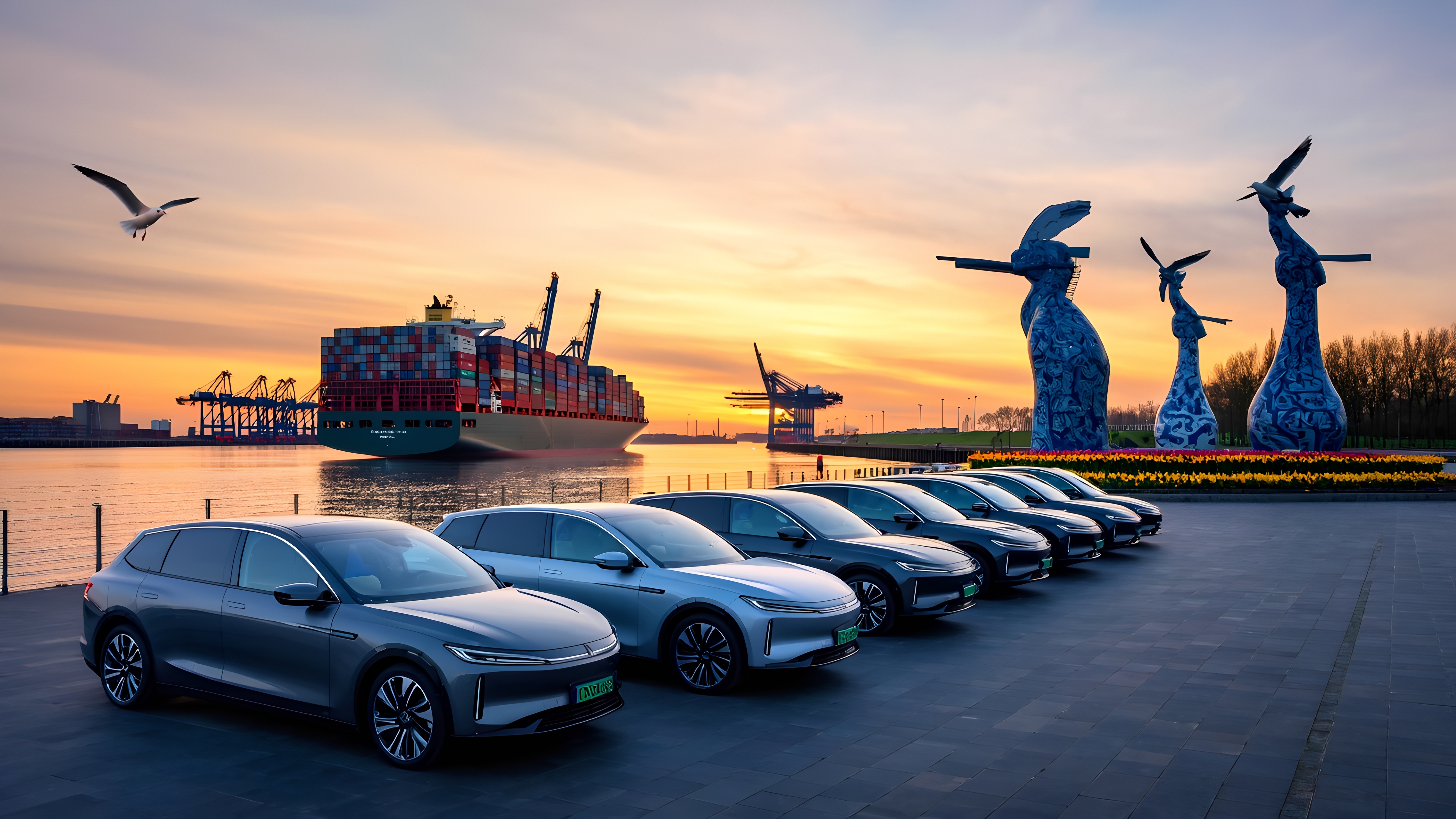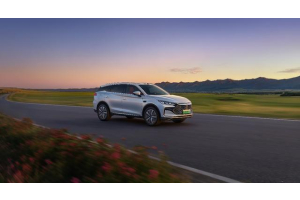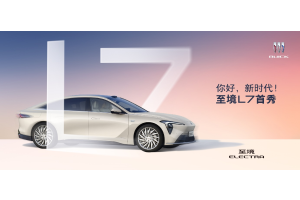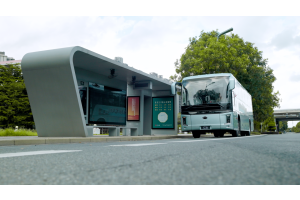EU Tariffs on Chinese EVs: Impact on Imports and Market Dynamics

Chinese Vehicle Exports to Europe: Key Markets, Tariffs & Import Procedures
Europe's Top Import Hubs for Chinese Vehicles
Belgium: Europe's Primary Gateway
Belgium maintains its position as the leading entry point for Chinese vehicles entering Europe. Between January and August 2024, Belgium imported over 180,000 Chinese vehicles, ranking fifth globally among China's auto export destinations. The strategic ports of Antwerp and Zeebrugge handle this massive volume, though recent EU tariff implementations have slightly moderated growth.
Netherlands: The Transit Powerhouse
The Netherlands witnessed a dramatic surge in Chinese vehicle imports, with values jumping from €0.1 billion in 2022 to €1.1 billion in 2023. Notably, about two-thirds of Chinese EVs entering the Netherlands are destined for other European markets. When excluding transit trade, China ranks as the fourth largest vehicle supplier to the Dutch market.
EU Import Trends: China's Growing Dominance
- 781,980 Chinese vehicles imported by EU in 2023 (39% annual increase)
- China now supplies 18% of all EU vehicle imports, ranking third
- 438,034 Chinese EVs entered EU in 2023 (worth €9.7 billion)
- Chinese EVs captured over 20% of EU battery-electric sales in 2023, up from just 3% three years prior
Current EU Tariff Structure on Chinese Vehicles
As of October 2024, the EU enforces a graduated tariff system on Chinese EVs:
- Base Duty: 10% standard import tax
- Additional Manufacturer-Specific Tariffs:
- Tesla/foreign brands: +7.8%
- BYD: +17%
- Geely: +18.8%
- SAIC: +35.3% (highest rate)
These measures aim to counter alleged Chinese government subsidies in the EV sector.
Import Procedures for Chinese Vehicles
For Individual Importers
- Required Documents: Certificate of Conformity (CoC), purchase contracts, export certificates
- Customs Process: Declaration at EU entry points, duty/tax payment, registration compliance
For Commercial Importers
- Business Requirements: Commercial registration, VAT compliance
- Technical Compliance: EU safety/emissions standards, homologation certification
- Full-Service Solution: TopUsedCars.com provides end-to-end import services including documentation and logistics
Market Impact & Strategic Responses
Price Effects
The tariffs have reduced Chinese EVs' 37.4% price advantage over European models. Manufacturers are absorbing some costs to maintain competitiveness.
Local Production Expansion
Chinese automakers are establishing European manufacturing:
- BYD doubling European registrations in 2025 with Hungarian production
- Geely's Polestar beginning European production by 2027
- Chery and XPeng expanding European distribution networks
EU Member States' Diverging Positions
- Pro-Tariff: France, Italy seek to protect domestic industry
- Anti-Tariff: Germany, Hungary worry about trade relations
Future Outlook
The EU and China are negotiating a minimum price system as potential alternative to tariffs. Meanwhile:
- Tariffs may generate €2.3-3 billion annually for EU
- Chinese brands continue gaining market share through technology leadership and local production
Expert Insight
"Chinese manufacturers have transformed from price players to technology leaders in just five years," notes TopUsedCars.com journalist Xiao Mi. "Their European expansion is now driven by product quality as much as cost advantages."








